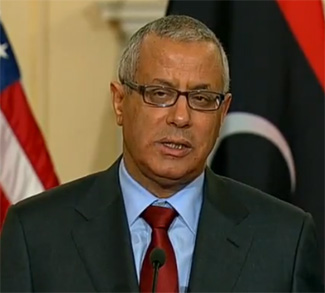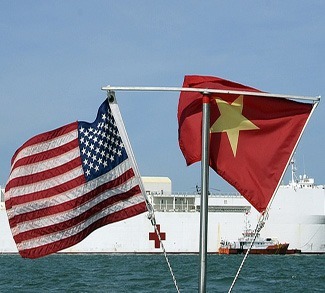Japan’s National Institute for Defense Studies (NIDS) recently released its ‘China Security Report,’ an annual assessment of China’s expanding military capabilities and activities in the Asia-Pacific. This year’s edition is entitled China, Russia, and the United States: Striving for a New International Order, and it traces evolving global power dynamics – namely efforts by Washington, Moscow, and Beijing to either maintain or change the current global order – from Japan’s perspective, concluding (unsurprisingly) that Tokyo’s best interests are served by aligning with the United States’ objectives. The stakes involved are portrayed as almost existential: “It is not an exaggeration to say that the U.S., Chinese, and Russian strategies for the international order and their interplay will determine the direction of the future international order,” the report asserts.
Yet where Japan’s perspective diverges from that of the United States is its recognition of the immediate threat posed by the China-Russia axis, which has repeatedly posed a real threat Japan’s sea and airspace. For example, in June 2021, China and Russia conducted joint naval drills near Japanese waters, leading to Chinese and Russian warships passing through the Tsugaru Strait between Hokkaido and the Japanese mainland. Additionally, in December 2023, Chinese and Russian military aircraft conducted drills over the Sea of Japan and the East China Sea, prompting Japan to scramble fighter jets in response. Then, in April of this year, Chinese warships and Russian spy ships sailed through the waters separating Japan and Taiwan.




